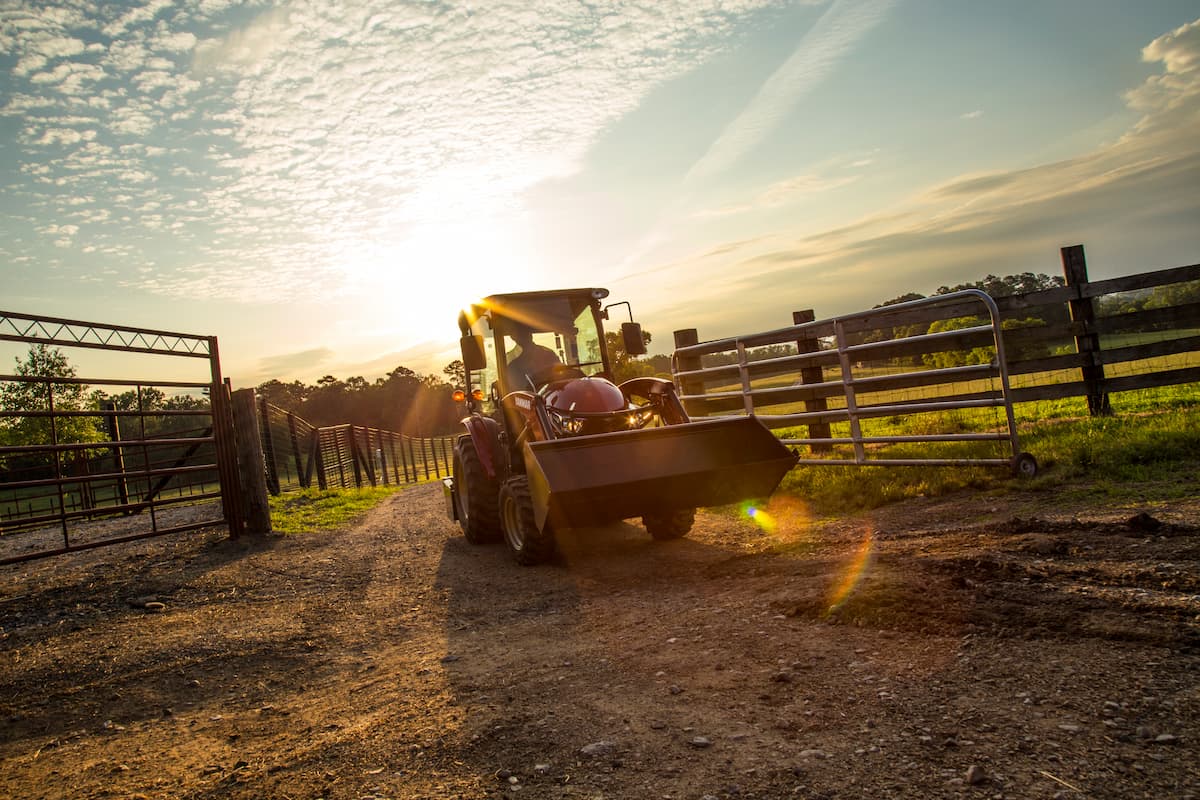What Size Tractor Do I Need?
fundamentals
fundamentals

Although it may be tempting, bigger isn’t always better when it comes to buying a new tractor. It is important to understand the tasks at hand as well as future needs and requirements. If you’re overbuying based on size and power, you could end-up with more tractor than you need for the size of your land. But on the flipside, you don't want to purchase a smaller, less expensive tractor to perform tasks that are outside of the machine’s capabilities — that could lead to more work on your part, costly damage and repairs, or even bigger problems down the road.
Find your perfect-size tractor based on a few key factors. Once you’ve determined your needs, then you can narrow down the make and model of your choice.
No one knows your property better than you, and having a clear vision of the tasks to complete is a great place to start! Whether you’re managing a well-manicured lawn or using your 20-acres field for hay harvesting and baling, you need a machine that can get the job done. For example, if you’re planning on mostly working around the barn, you will want to consider a tractor with dimensions that allow you to maneuver in or around those spaces.
If you plan on field work, you may need the power and grit to support multiple attachments while providing the comfort for tackling long days. And keep in mind: If you have a lot of heavy earth-moving to accomplish, a tractor is probably not the machinery you need.
Depending on the size of land you’re managing and the amount of time you want to save, a stronger horsepower tractor will support wider attachments for a quicker pace. If your land doesn’t support the physical size but you still want minimal power loss when you’re using implements, consider a smaller tractor with narrower attachments.
For example, to use a posthole digger or a grader, look for at least a 21 hp tractor. But for regular carrying and lifting, you may want to consider a larger tractor with extra horsepower for moving feed pallets and large bales of hay.
And don’t forget about stability, particularly when working on slopes, hillsides, and other rough terrain. A tractor that is too light or too heavy can lead to stability and handling issues.
DOWNLOAD YOUR BUYER'S GUIDE
After detailing your property needs and the tasks you want to complete, it’s time to line up your tractor options. From smallest to largest, get to know what each class of tractor specializes in and then begin to narrow down your choices between make and model, new or used.
Here at Yanmar, you can reach out to our knowledgeable team for expert advice on selecting your right-size compact or sub-compact tractor, attachments, and other accessories. Together, we can help you get the most machine for your needs and your budget backed by an industry-leading warranty and top product-quality rankings. Connect with us online or give us a call at 678-551-7369.